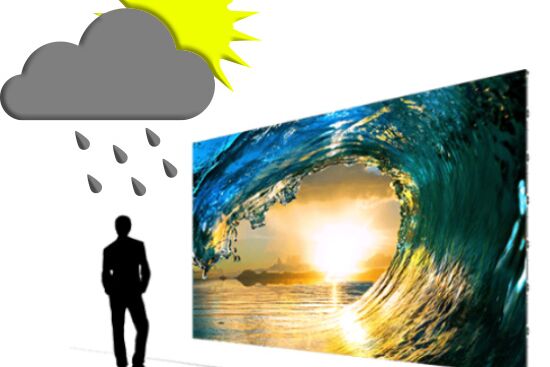Investigating the Durability of LED Display Screens in Comparison to Conventional Display Technologies
Investigating the Durability of LED Display Screens in Comparison to Conventional Display Technologies
Blog Article
Light-emitting diode panel panels have grown increasingly favored in current times, particularly in environments like schools, corporate spaces, and community areas. These screens use light-emitting lights (LEDs) to create vivid and vibrant visuals. One of the most notable benefits of LED innovation is its durability compared to traditional screen methods, such as cathode ray monitors (CRTs) and liquid crystal screens. Understanding the differences in lifespan and functionality between these options can help consumers make informed decisions about their screen requirements.
Traditional display methods, like CRTs, have been present for many decades. They were commonly used in televisions and PC monitors. However, CRTs have a limited duration, typically lasting approximately 10,000 to 20,000 hours of use. This means that after a few of years, consumers may notice a deterioration in image quality, such as fading or hue distortion. In comparison, LED panel panels can last significantly longer, frequently exceeding 50,000 hrs. This prolonged duration means that users can enjoy reliable performance without the need for regular replacements.
Another important aspect to take into account is energy conservation. LED wall panels utilize less energy than traditional screens, which not only benefits the environment but also reduces power expenses. For example, while a CRT screen may use around 100 W of power, an LED screen can consume as few as 30 to 50 W. This discrepancy in energy consumption adds to the total longevity of LED innovation, as lower power consumption generates less thermal energy. Excessive heat can harm electrical components, leading to a reduced lifespan for conventional displays.
In furthermore to their longer lifespan and energy conservation, LED wall panels also offer superior image clarity. They offer more vivid colors and improved differentiation, making them ideal for various uses, from marketing to educational presentations. The technology behind LED panels enables for a broader sight perspective, meaning that images stay clear and vibrant even when seen from the side. This is a major benefit over conventional displays, which often experience from color distortion and diminished luminosity at wider angles.
In conclusion, the longevity of LED panel panels in contrast to conventional screen technologies is a key aspect for buyers to consider. With lifespans that can surpass 50,000 hrs, power efficiency, and superior image clarity, LED innovation offers many benefits. As innovation continues to progress, LED wall panels are likely to become even more common in multiple environments. Understanding these differences can help people and entities make better choices when investing in display technology, guaranteeing they get the optimal worth for their click site requirements.